"He was mad, when he set it up… it shocked him how bad it sounded": Steve Albini has just given his most insightful interview on the recording gear behind Nirvana's In Utero and why Kurt Cobain's touring amp setup failed to impress in the studio
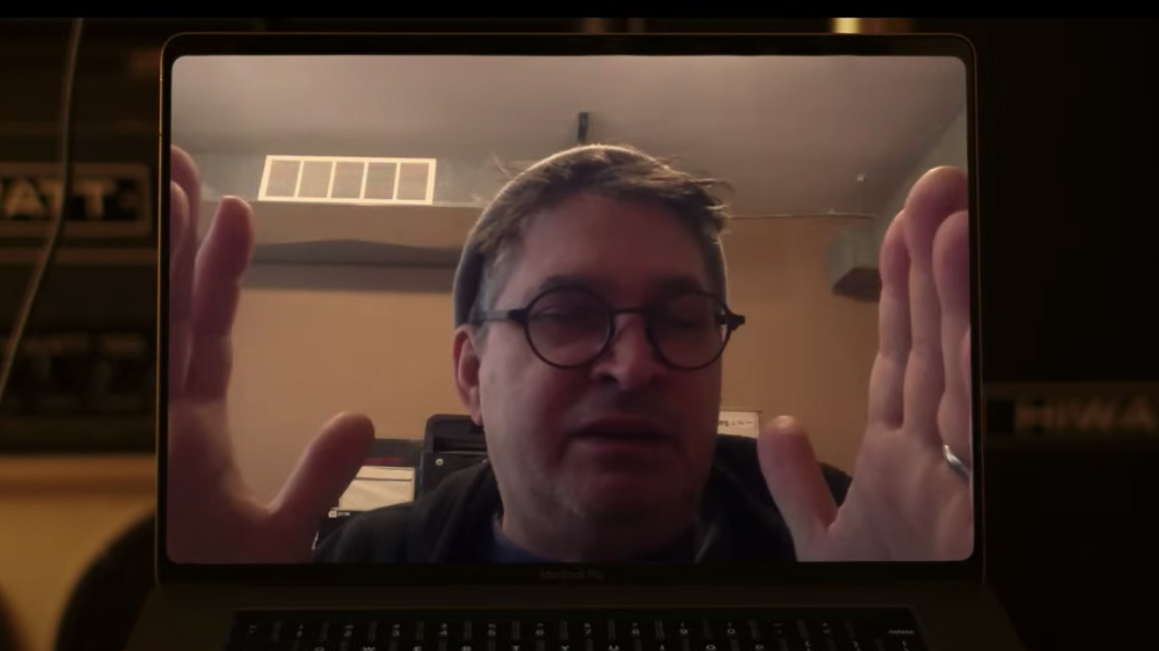
YouTuber Aaron Rash's dedication to the details of Kurt Cobain's guitar tones is beyond reproach. We've already talked in-depth with him about it, but now it emerges In Utero producer Steve Albini is a fan of Aaron's videos too – telling him he's "in awe" of his work. This brings us to the meeting we've been waiting for; Aaron Rash quizzing Steve Albini on the recording of Nirvana's third studio album.
By Aaron's own reckoning, questions for Albini on In Utero during previous interviews rarely dig into the kind of gear detail producers and guitar fans want to know about; mics and guitar amp choices especially. So this is his chance to deliver for Nirvana and Albini fans, and it does that and more.
One revelation that emerges even before the interview begins is Albini sold the Veleno aluminum guitar Cobain used on In Utero (that Rash has used as inspiration for his own design) for a "shit-ton of money" via a dealer and it's now in the Grammy Museum's collection in Cleveland Ohio. So good news for fans wanting to get closer to it.
The interview above is a must-see for fans, Albini is extremely accommodating and open about an album many people would be tired of being asked about by now. His recall of specific information is also highly impressive, and Aaron's questions invite insight the engineer previously hasn't had a reason to share.
"I know that I used the RCA BK5, which is a fairly aggressive, raspy-sounding ribbon microphone," he confirms on one of the recording mic choices for capturing Kurt Cobain's guitar cabs. "I had the Beyerdynamic M130 and the STC 4038s, and I'm not certain but I think I might have brought an RCA 74 with me."
It's rare that I would have more than two microphones as a close mic on the cabinet
Steve Albini
Of course, Aaron has these mics – he's so dedicated to delivering the most accurate IRs for a forthcoming In Utero pack for fans, this kind of detail is part of his M.O. He even calls the RCA 74B "the most amazing guitar mic I've ever used in my entire life".
Albini recently explained his ongoing process of exploring ambient miking for guitars, but back in the 1993 In Utero sessions he was still placing the mic "dead in the middle of the speaker cone".
Get the MusicRadar Newsletter
Want all the hottest music and gear news, reviews, deals, features and more, direct to your inbox? Sign up here.
"The working distance from the speaker would vary a lot depending on the sound," Albini says. "If it was too thin, I would often move the mic closer, if it was too boomy or bassy I would often move the mic back, so that distance front to back would change a lot but I often put the mic dead centre on the speaker.
"It's rare that I would have more than two microphones as a close mic on the cabinet," Alibi explains of his approach for Cobain's guitars. "I would occasionally have the two close mics and then a room mic. If there were two amps running I would have two mics on one then one mic on another but I rarely do a big array of microphones around a guitar amp. I would rarely put four or five mics around a guitar cab – that's just breeding a scab in my opinion. You just get too many options and then everything sounds like shit and you're not getting anything done. So I tend to limit my options to one or two."
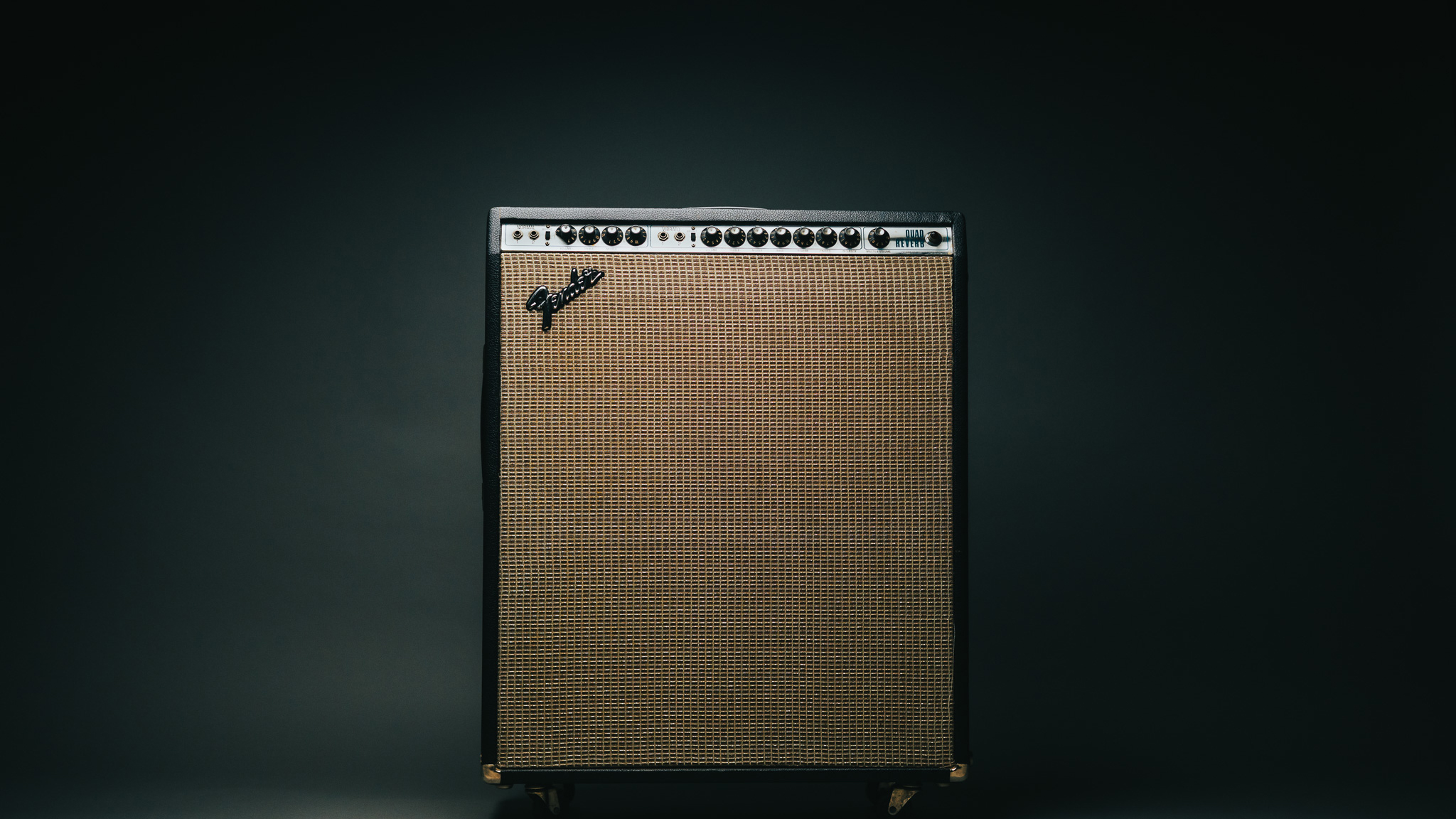
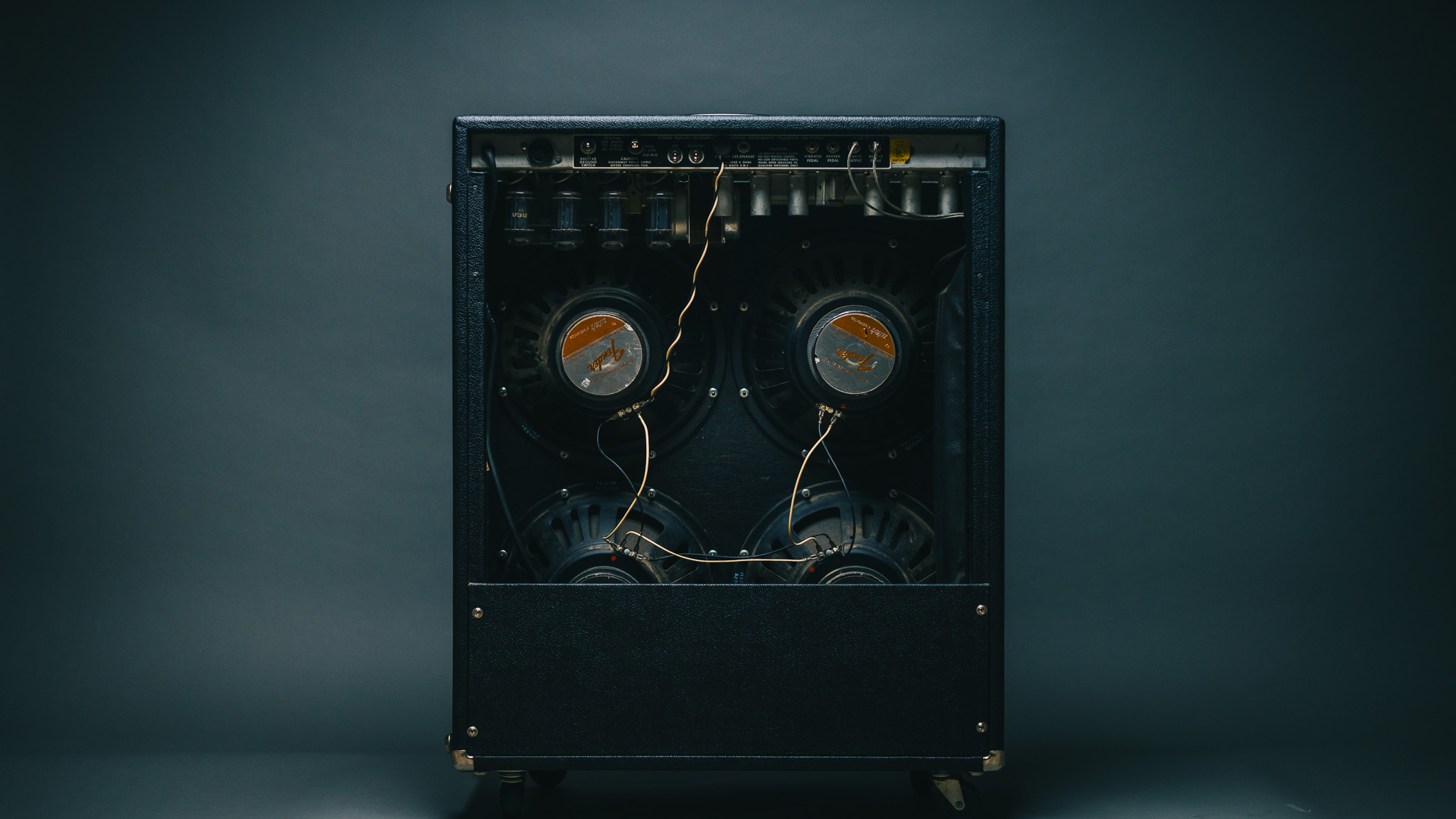
Albini also shines light on the cab side of Cobain's In Utero setup – Aaron previously detailed his revelation that the late musician used a specific iteration of the already scarce Fender Quad Reverb tube combo to track some of the guitar parts for the album.
"He didn't use any external cabinets with the Quad Reverb," confirms Albini, who also doesn't recall any amp stacking being used during the February 1993 recording sessions at Pachyderm Studios in Minnesota. "It was just the internal speakers and I know the tubes were fucked up on that amp but I want to say that one of the speakers was blown as well."
Some amp model details are still unconfirmed though.
"He had a Randall amplifier – but I forget which model," adds the engineer of the solid-state combo Cobain brought to the sessions. "It might have been a Switchmaster, or it might have been a Commander. I honestly don't remember.
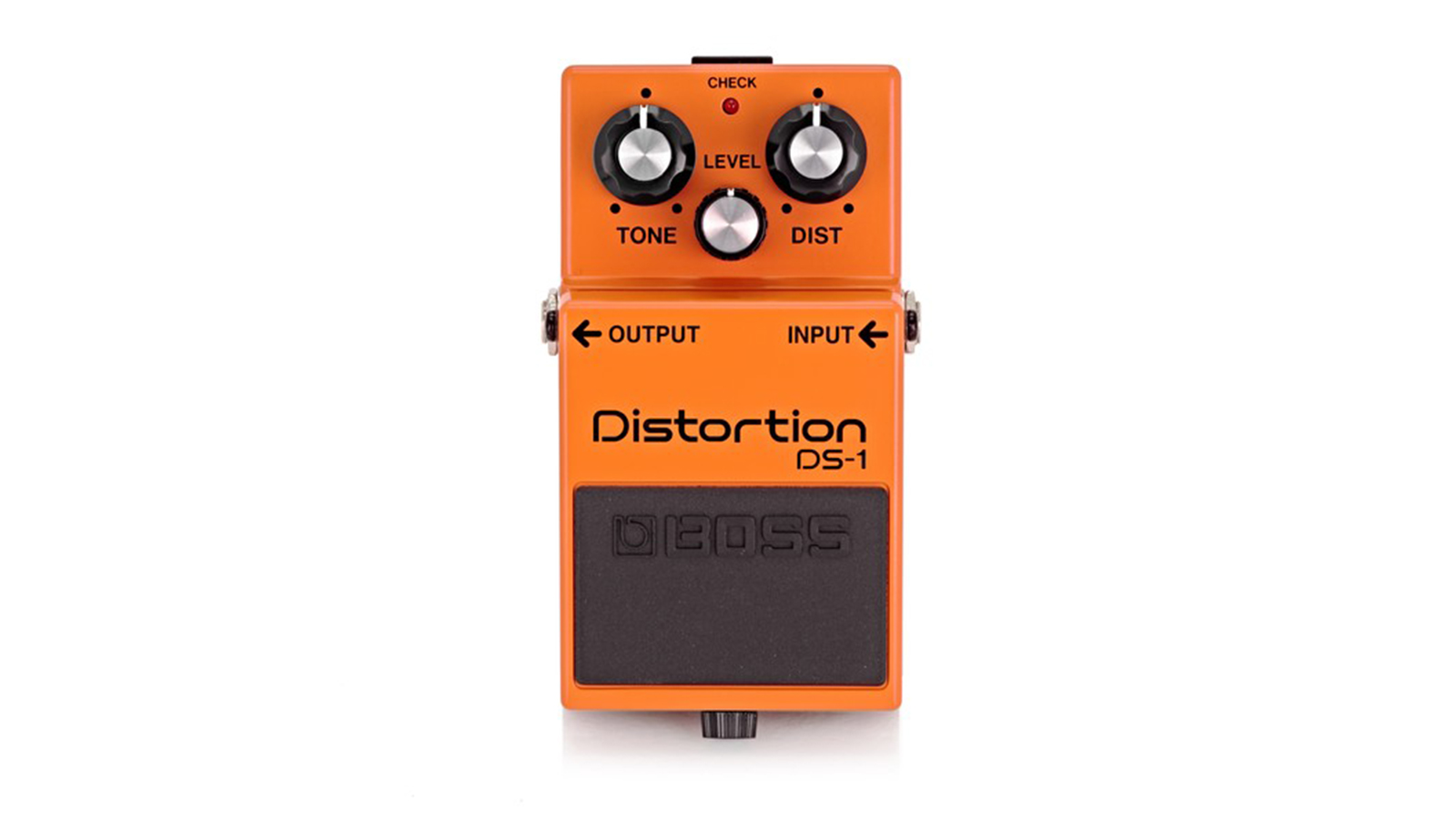
He had an amp that he was using on tour that was a Mesa/Boogie preamp and a solid-state power amp
"He had an amp that he was using on tour that was a Mesa/Boogie preamp and a solid-state power amp," confirms Albini. "And he set that up with a 4x12 in the studio and it sounded like dogshit. It was really just brittle, nasty sound. He was mad, when he set it up – 'You mean this is what I've been playing through?!' It shocked him how bad it sounded.
Another unexpected piece of intel concerns Cobain's love of Boss DS-1 distortion pedals – or more specifically one of them. "He had a bunch of thee DS-1 distortions, and he claimed that all of them were bad except one," reveals Albini. "And I couldn't hear any difference but he could hear a distinct difference between these DS-1 Boss pedals. So had a DS-1 that he used, but I remember him not liking that as much as the Tech 21 SansAmp… that was the principle boost and overdrive sound for him, using that SansAmp pedal."
Albini also reveals two other pedals being in around for guitar tracking.
"A Memory Man that had the vibrato function or a chorus function." But where and if that appears is unconfirmed. The second is 'Pedal X' and it nearly caused a rift between Cobain and bassist Krist Novoselic.
There was a solo in Heart-Shaped Box and Kurt wanted a really wild sound," explained Albini. "He wanted it to be a really uncontrolled sound that would really sort of snap into that pretty tremolo. For that we used this box that my friend Mr Bill made for me that was ring modulator/overdrive pedal that he caused Mr X, or Pedal X. It was a ring modulator pedal that had an amplifier that could be overdriven in it. At its lowest settings it was a tremolo and at its highest settings it was a ring modulator and anywhere along that path you could turn the gain up and it would overdrive.
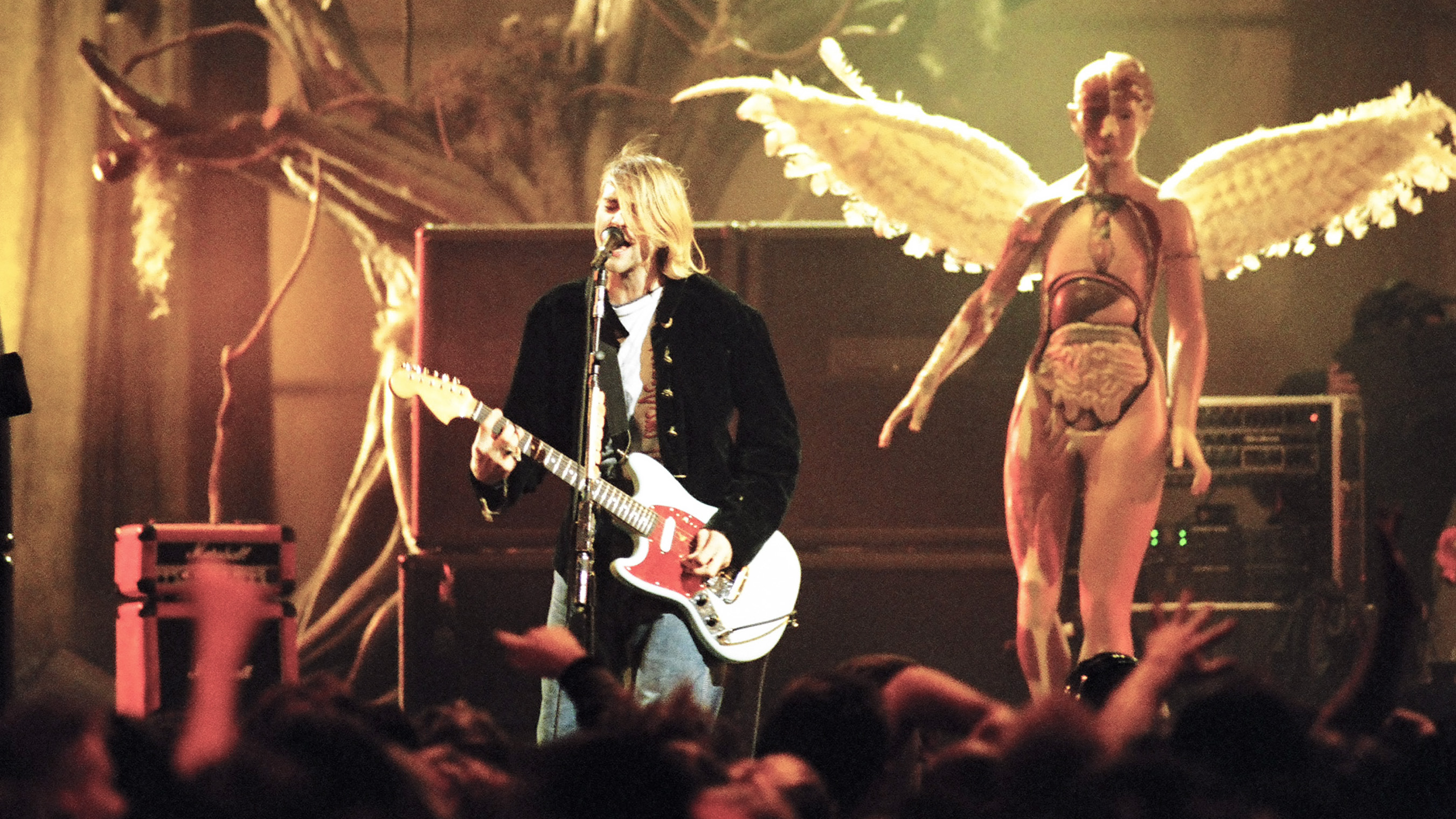
"But it only had an on/off switch, it wasn't like you could turn off the tremolo and then turn on the gain – it was always one or the other. Always on or always off. Kurt played around with it for a while and he came up with this really brittle ratchety sound for that solo and he loved it.
"Then when he played it for Krist, Krist absolutely hated it. He was like, 'Why are you putting this big smelly turd in the middle of this great song?' He really thought Kurt was trying to sabotage the song. Like, 'Oh you think you've got ma hit here? Let me fuck this up for you so you can't play it on the radio. He thought that was like a strategy of Kurt's but I'm certain it wasn't. Kurt was just enjoying this freak sound."
- Check out the full interview above for lots more insight from Albini on the In Utero sessions, and subscribe to Aaron Rash's YouTube channel for more. And check out our interview with Aaron.

Rob is the Reviews Editor for GuitarWorld.com and MusicRadar guitars, so spends most of his waking hours (and beyond) thinking about and trying the latest gear while making sure our reviews team is giving you thorough and honest tests of it. He's worked for guitar mags and sites as a writer and editor for nearly 20 years but still winces at the thought of restringing anything with a Floyd Rose.
"I said, “What’s that?” and they said, “It’s what Quincy Jones and Bruce Swedien use on all the Michael Jackson records": Steve Levine reminisces on 50 years in the industry and where it’s heading next
“I’m looking forward to breaking it in on stage”: Mustard will be headlining at Coachella tonight with a very exclusive Native Instruments Maschine MK3, and there’s custom yellow Kontrol S49 MIDI keyboard, too









